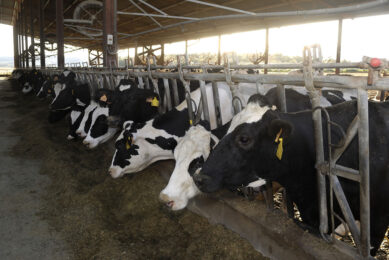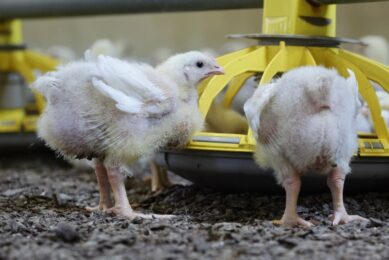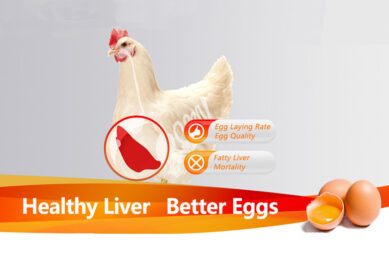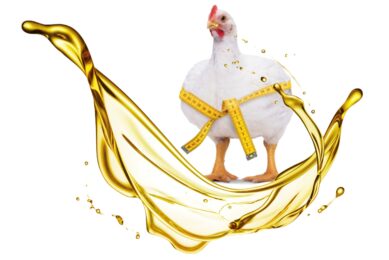Effects of bile acids on broiler metabolism and wooden breast
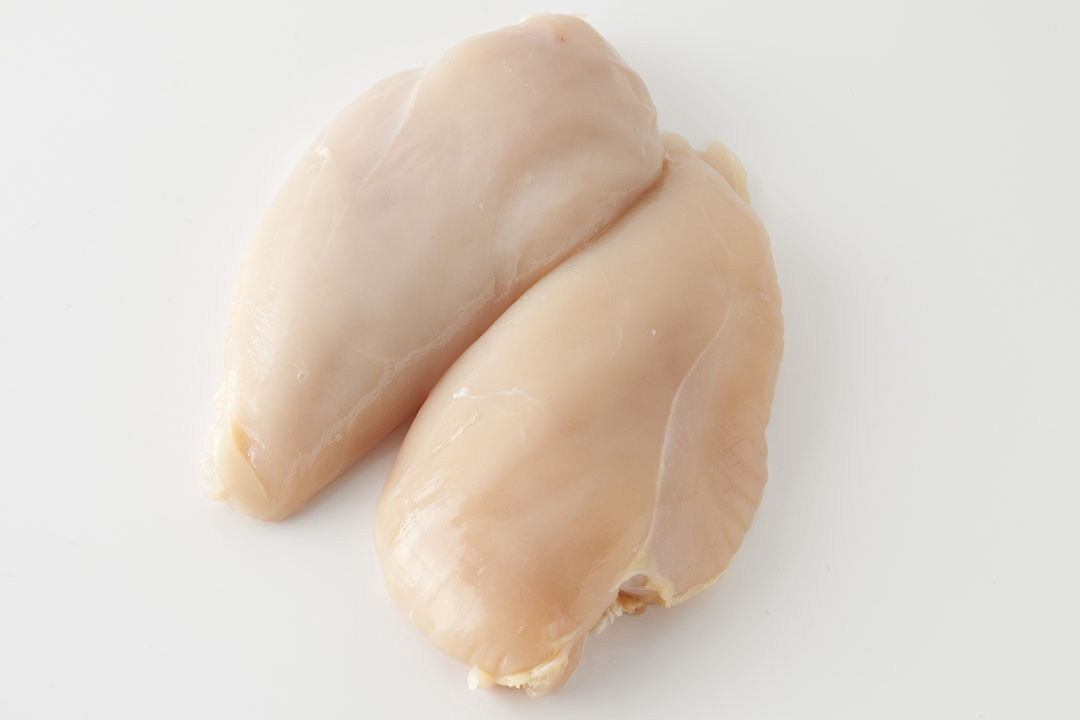
Supplementing bile acids in broiler diets can play an important part in growth performance and lipid metabolism. It is significant to reducing abdominal fat, fat deposit and can help in tackling the current problem of wooden breast as well.
In recent years, it has been found that the breast muscle of fast-growing broilers is prone to get woodened, which is called wooden chicken breast. The wooden chicken breast has an obvious hard feel when touched. Severe wooden breast muscles can also have ridged protrusions at the tail of the breast muscle. The surface is covered with a viscous fluid and petechiae appearance, which severely affects the quality of the chicken breast.
Lowering the value of poultry meat
The production of wooden chicken breasts will reduce the level of utilisation during processing, reduce consumer purchasing desire, and bring huge economic losses to the poultry industry. Therefore, how to reduce and prevent the production of wooden breast meat is a problem that we are currently facing.
Comparison of wooden chicken breast and normal chicken breast.
At present, we are familiar with the meat quality and lesion characteristics of wooden breast meat, but its pathogenesis cannot be fully determined. A large number of foreign studies have shown that the cause of wooden breast meat is related to factors such as growth rate, weight, feed nutrition, oxidative stress, abnormal glucose metabolism, inflammation, and abnormal lipid deposition.
Occurrence of wooden breast
Too fast growth, too large muscle fibres, and decreased muscle blood vessel density, lead to hypoxia and metabolic disorders, causing differences in gene expression related to muscle fibre development, glucose metabolism, inflammation, calcium balance, etc., eventually leading to chicken breast tail ridges, muscle stiffness and loss of nutritional value.
Studies have found that nutritional regulation of broiler chickens can reduce the incidence and severity of wooden chicken breasts. Bile acids, as an important part of lipid metabolism, can resist oxidative stress and participate in many metabolic regulations, so it is likely to be an effective means to alleviate wooden chicken breast.
Effects of bile acids on broiler metabolism
A large number of research data have confirmed that the addition of bile acids to the diet can improve broiler growth performance, carcass quality, lipid digestion, and liver health. Adding bile acids to broiler feed can significantly increase the daily weight gain of broilers in the later period, and the feed conversion ratio is reduced by about 0.05. It can also significantly improve carcass quality, increase leg muscle rate by 2.5%, breast muscle rate by 1.4%, and reduce abdominal fat rate by 0.31%, indicating that bile acids can use more nutrients to promote muscle growth rather than fat deposition.
Adding bile acids can also significantly increase the intestinal lipase and lipoproteinase activities of 21d and 42d broilers and promote lipid digestion; increase serum liver lipoproteinase activity and lower serum fatty acid levels can significantly reduce serum alanine aminotransferase (ALT) and aspartate aminotransferase (AST) activity to improve liver health.
In addition, there are related literature reports that bile acids are closely related to sugar metabolism and lipid metabolism pathways. High-dose bile acids have a blood glucose-lowering effect. Bile acids can improve hepatitis and liver fibrosis by regulating sugar and lipid metabolism through AKT / FOX1 and cAMP / AMPK / SREBP1.

Trial tests to verify the effect of bile acids on wooden breast
The effect of bile acids on the metabolism of broiler chickens indicated its potential function in treatment to the wooden breast. Therefore, we carried out trial tests in several integrated broiler enterprises to verify the effect of bile acids on wooden breast. The main differences between normal chicken breast and wooden breast in appearance, touch, muscle fibre, water, protein and fat contents are shown in Table 1.
All the broilers involved in the trial tests were divided into 2 groups: bile acids (BA) group and control group. By comparing the meat quality (by scoring of wooden breast) of chicken breast which were selected randomly from the two groups, it was found that the scores of BA group were much lower than those of control group, which indicated that supplemental bile acids in diet can reduce the wooden breast level significantly, see Table 2.
Scoring Standard:
0 Point: Normal chick breast meat, which is soft and elastic, no characteristics of wooden breast
1 Point: Slight wooden breast. Slight changes to head end and tail of the chick breast and the head is harder.
2 Point: Medium wooden breast. The whole piece of chick breast shows characteristics of wooden breast but it is elastic from the middle to tail of the breast.
3 Point: Severe wooden breast. The whole piece of chick breast shows characteristics of wooden breast, with bleeding and permeated substances.
A certain number of broiler chickens were randomly selected from the two groups and then slaughtered and cut. Compare and analyse the breast meat percentage, drip loss and shearing force. It can be clearly observed from Table 3 that the drip loss and shearing force of BA group is lower than those of control group and as a result the tenderness of BA group is better and wooden breast is reduced. In short, the supplemental bile acids in the diet can help solve the problems in metabolism of broilers through a variety of metabolic pathways and reduce wooden breast.
Meeting higher consumer requirements
Today, the consumers both in China and abroad have higher requirements for the quality of chicken breasts, which forces the farmers to draw more attention to the meat quality in addition to high FCR and growth rate. Wooden breast has become one difficult issue in improvement of meat quality. Bile acids are initially found as an emulsifier for fat digestion.
According to in-depth study, bile acids also play a great role in hepatobiliary circulation, glucose and lipid metabolism and improvement of meat quality. To be concluded, supplemental bile acids in broiler diet play an important part in the growth performance and lipid metabolism. It is significant to reducing abdominal fat, fat deposit and wooden breast as well.
References available on request
Author: Min Pang, Jianmin Wang



